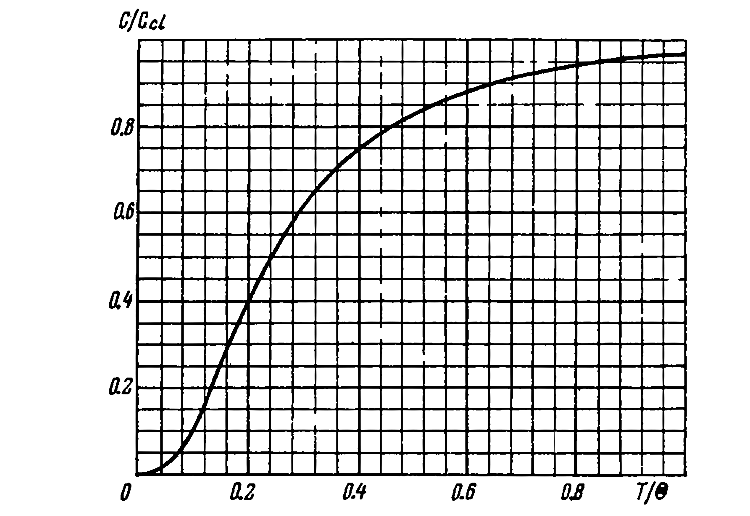Figure. 6.10 shows heat capacity of a crystal vs temperatue in terms of the Debye theory. Here Ccl is classical heat capacity Θ is the Debye temperature. Using this plot, find:
(a0 The Debye temperature for silver if at a temperature T=65K its molar heat capacity is equal to 15J(mol.K),
(b) the molar heat capacity of aluminum at T=80K if at T=250K it is equal to 22.4J(mol.K)
(c )the maximum vibration frequency for copper whose heat capacity at T=125K differs form the classical value by 25%.

Text Solution
(a) By Dulong and Petit's law, the classical heat capacity is 3R=24.94J/K- mol e. Thus
CCcl=0.6014
From the graph we see that this
value of CCcl corresponds to TΘ=0.29
Hence Θ=650.29≈224K
(b) 22.4J mole - K corresponds to 22.43×8.314=0.898. From the graph this corresponds to
TΘ≈0.65. This gives Θ=2500.65≈385K
Then 80K corresponds to TΘ=0.208
The corresponding value of cCcl is 0.42. Hence C=10.5J/mole−K
(c ) We calculate Θ from the datum that CCcl=0.75atT=125K.
The x-coordinate corresponding to 0.75 is 0.40. Hence
Θ=1250.4=3125K
Now kΘ=ħωmax
So ωmax=4.09×1013rad/sec
|
Topper's Solved these Questions
- ATOMIC AND NUCLEAR PHYSICSBOOK - IE IRODOV, LA SENA & SS KROTOVCHAPTER - ATOMIC AND NUCLEAR PHYSICSEXERCISE - Radioactivity
35 Videos
- ATOMIC AND NUCLEAR PHYSICSBOOK - IE IRODOV, LA SENA & SS KROTOVCHAPTER - ATOMIC AND NUCLEAR PHYSICSEXERCISE - Nuclear Reaction
42 Videos
- ATOMIC AND NUCLEAR PHYSICSBOOK - IE IRODOV, LA SENA & SS KROTOVCHAPTER - ATOMIC AND NUCLEAR PHYSICSEXERCISE - Properties Of Atom
69 Videos
- DIRECT CURRENTBOOK - IE IRODOV, LA SENA & SS KROTOVCHAPTER - DIRECT CURRENTEXERCISE - All Questions
15 Videos
Similar Questions
Knowledge Check
The molar heat capacity of water is
A4.184JK−1B75.3JK−1C85JK−1D1JK−1The molar heat capacity of water is -
A4.184JK−1B75.3JK−1C185JK−1D1JK−1Molar heat capacity is
Aextensive propertyBintensive propertyCpath functionDindependent of temperature
Molar heat capacity of a gas is
View SolutionThe molar heat capacity for a gas at constant T and P is
View SolutionThe molar heat capacity for a gas at constant T and P is
View SolutionThe molar heat capacity for a gas at constant T and P is
View SolutionThe heat capacity of a metal is 4200 J/k. Its water equivalent is -
View Solution
